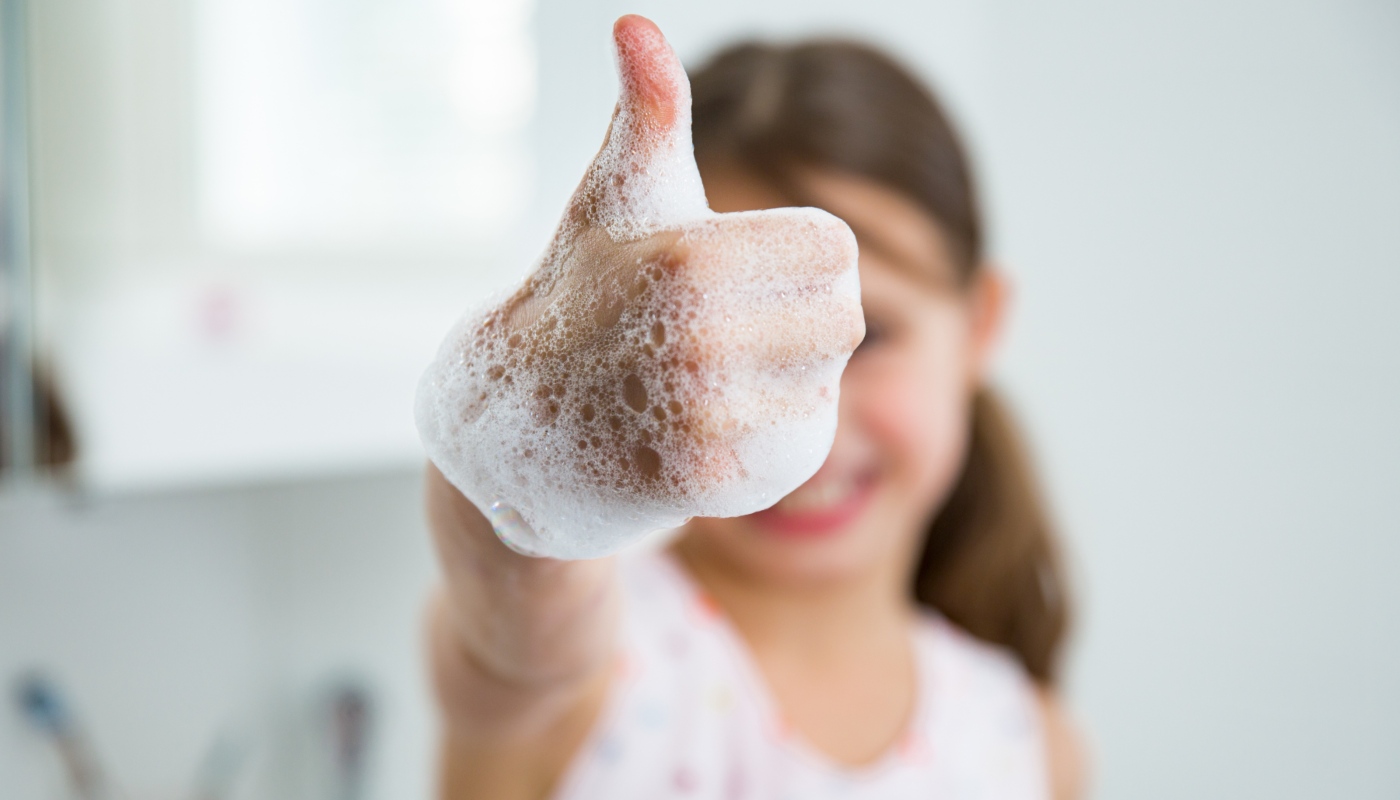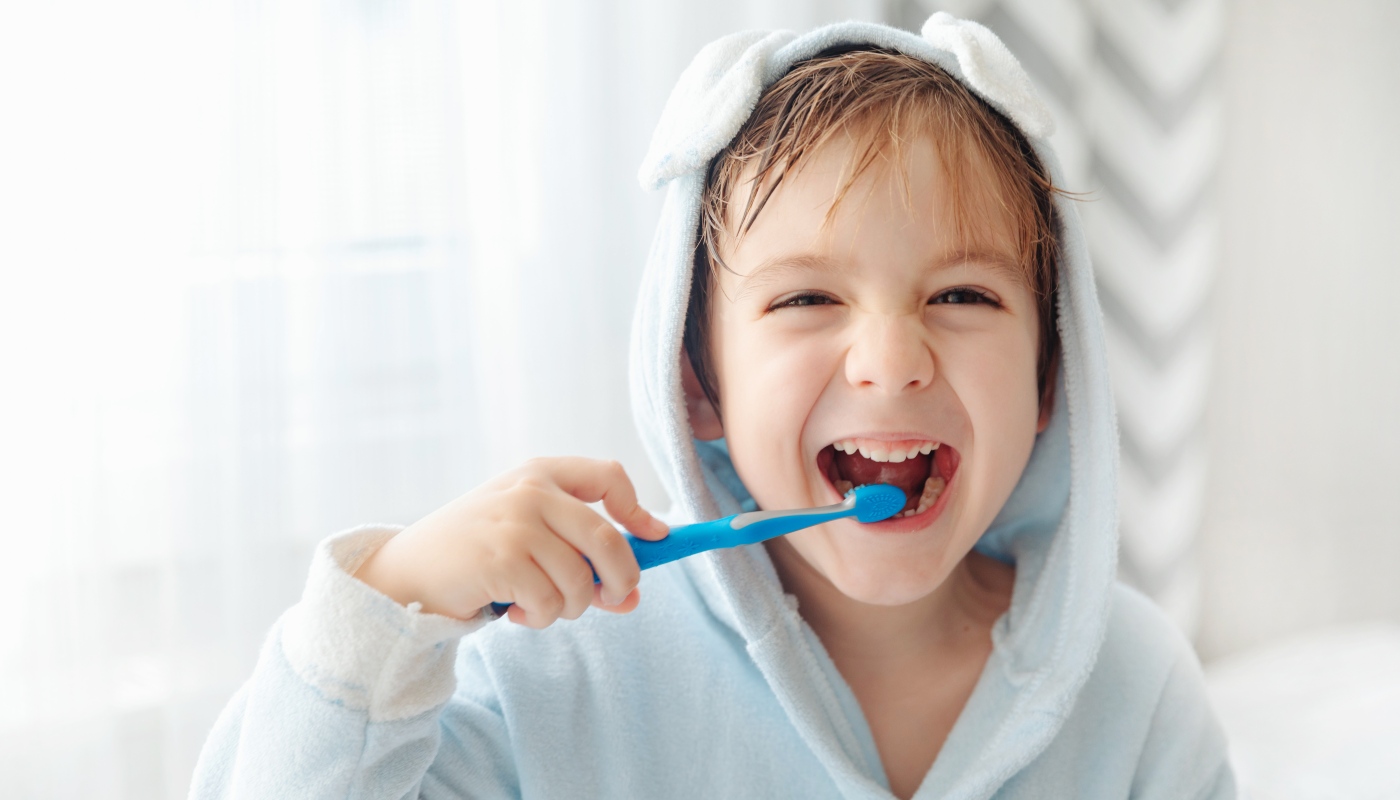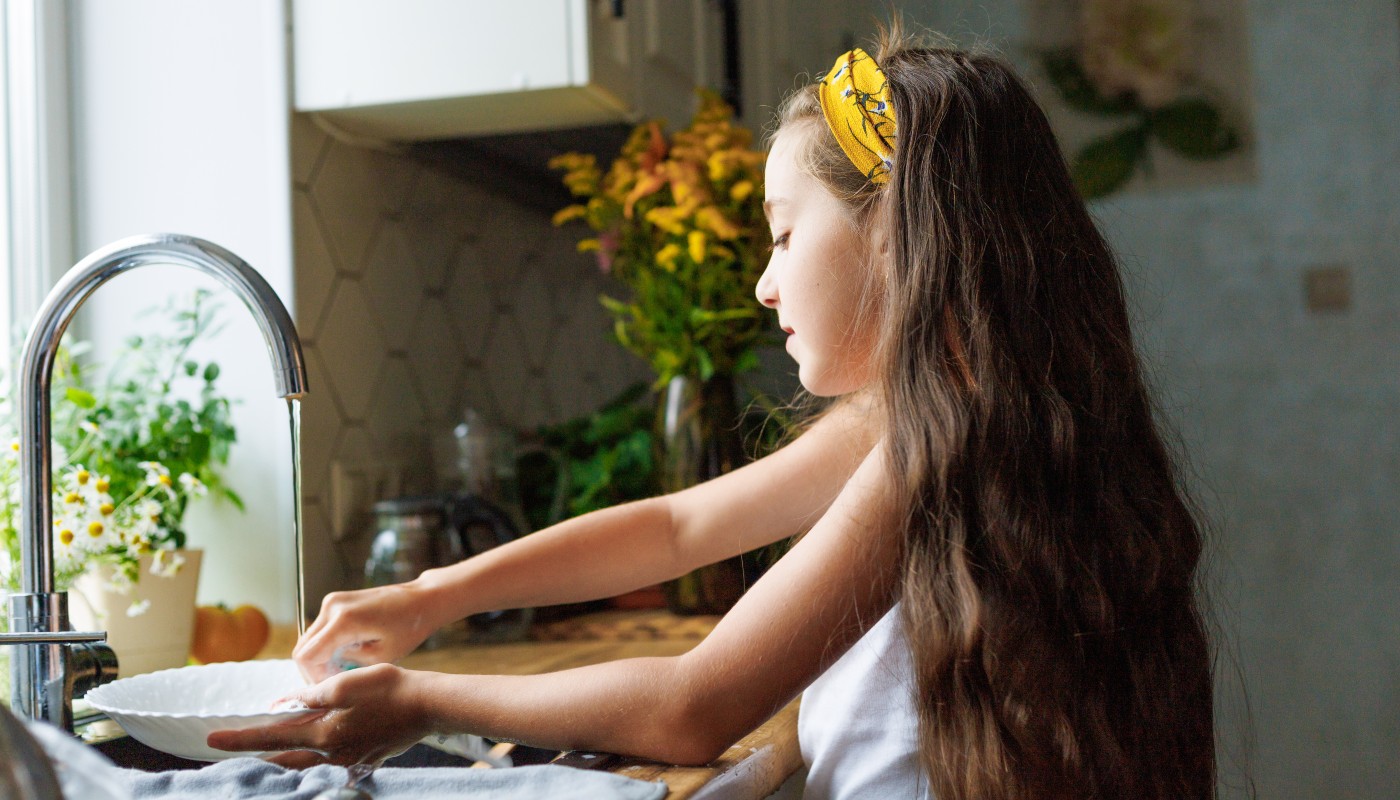Hygiene habits for children according to age
Discover the importance of hygiene habits for children, from infancy to Primary age. We tell you the activities they can do according to their age.
child care
Share

10 personal hygiene habits for infants
Instilling the importance of personal hygiene is essential for children’s self-confidence and health, as well as their interpersonal relationships. Acquiring a habit requires a continuous and gradual process of learning, and requires a relaxed, calm and adapted environment for the child to feel motivated. Show them how it’s done so they can repeat it and make sure they understand the instructions. Leading by example is the best way to learn.

Ten hygiene habits for children
1. Wash their hands, face and nails. Having clean hands is fundamental for their hygiene: washing their hands with soap and water before eating, after going to the toilet, after touching a pet, when returning from the park, when returning from nursery or school...Explain to them that germs are invisible and transfer to everything they touch. After their hands and nails, they should wash their face every morning to wash the sleep from their eyes.
2. Brush their teeth at least three times a day. Use play, with songs that last a few minutes, so they get used to brushing for that amount of time or use a sand timer. Explain why it is important to have healthy teeth.
3. Teach them to use toilet paper and to blow their nose. Children should learn to clean themselves after using the toilet, so they are fully clean. You can explain to them that the last piece of paper should come away clean. In the case of girls, it is very important that they learn to wipe from front to back to prevent wiping faeces towards their vagina. Additionally, they should also learn to blow their nose to remove mucus when they catch a cold.
4. Change underwear every day. Help them to understand the difference between a good and bad odour, showing them what clothes smell like once they've been washed. Encourage their independence by allowing them to choose their underwear and encouraging them to place worn clothing in the washing basket.
5. Bath or shower every day. If you teach them this as something fun, it won't be difficult for them to incorporate this as a habit. It’s better done at night, always at the same time before tea.

6. Clean their feet. Since they wear socks and shoes in winter, but in summer they spend more time barefoot, in contact with the ground and wet areas, where there are usually germs and fungi. Explain to them that this is why it’s normal for feet to smell a little unpleasant, and that to prevent it they need to keep them clean, dry (especially between the toes) and avoid walking barefoot on dirty surfaces or in public showers.
7. Hair hygiene. There is no need to wash their hair every day, but it should be neat, so we should teach children to brush their hair every day. They will also need to learn how to wash it themselves, to shampoo it and, above all, rinse it thoroughly so there is no shampoo left in their hair. For a while, they will need to be supervised to ensure they do it properly.
8. Cut their nails. Ideally, children should have short nails to prevent dirt. When they are small, an adult will need to cut their nails, preferably at bathtime, so they associate it as another personal hygiene routine. The correct way to cut nails is to cut fingernails in a small curve and the toenails straight, so they don't cut into the sides when they grow. it is also important to emphasise that they should never pull dry skin or hangnails, to prevent sores or infections.
9. Inner and outer ear hygiene. When it comes to getting dried, they need to dry their ears properly with a towel, behind the ear and between the folds. We can dry the inner ear too, but with great care; we should never insert cotton buds or any other object inside the ear, according to paediatricians.
10. Protect wounds. Scratches and small cuts are common in children. We shouldn't scare them about the risk of hurting themselves. We should encourage them to have fun, but remind them of the importance of healing wounds properly. They will love it if we use plasters with pictures on.

Hygiene activities according to age
Aged 2 years:
- Wash their hands.
- Wash their face.
From 3 years:
- Brush their hair.
- Begin to brush their own teeth with supervision to tell them the best way to do it.
- Blow their nose.
- Start to use soap in the shower, with supervision.
- Clean their outer and inner ears and feet.
- Clean themselves after doing a poo, reminding them that they should always flush the toilet.
Between 4-5 years:
- Brush their teeth independently.
- Put their dirty clothing in the wash basket.
- Shower and wash their hair by themselves, without being fully supervised.
- Dry themselves after showering.
For Primary aged children, from 6 to 8 years:
- Have a bath and dress themselves.
- Get clothes ready for the next day.
- Tie their shoe laces.
- Make the bed.
- Cut their nails.
- Dry their toes and ears properly after showering.
- Clean their shoes with a wipe.
- Set and tidy the table.
- Wash their own plate and cup.
- Help around the home: hang out the washing, put washing machine on, cook…






